![]() Windy
Windy
 WeChat
WeChat
 WhatsApp
WhatsApp
Click:320 seen
Many people should have noticed that when holding a knife, the blade is toward the thumb or the little finger, which is the forehand knife has been different, and often contradictory. In fact, the reason is not complicated - in the Chinese People's Liberation Army dagger fighting system, the blade toward the pinkie is a forehand knife, and toward the thumb is a backhand knife. In daily life, whether it is a kitchen knife or a pencil knife or a pig killing knife, the blade is facing the thumb is the normal way to hold a knife. In addition, the blade fighting of the foreign army also considers the blade to be toward the thumb as the forehand. In practical terms, there is no standard way to hold a knife, as long as you can operate flexibly and ensure that you will not hurt yourself, it is an effective knife grip. Moreover, in the actual operation process, it is often flexible according to the situation faced, and the holding posture is changed at any time, such as the forward and backhand switch when the Angle is limited. So most knife lovers are familiar with holding a knife.
Forehand knife system:
1. Hammer grip
As the name suggests, it is to hold the knife like a hammer, with all fingers equally sharing the power of the knife, and the fingers forming a straight line with the blade from the second joint between the fingers. This is the simplest, easiest to train, the use of the most flexible knife way, its basic action and life with the same knife method, from kitchen knives to machetes can be used this method. The hammer grip is the most comfortable chopping position, but the control of the jab is relatively poor, and some angles of the wrist will be limited, in addition to it is fast back and forth, the operation is also convenient.
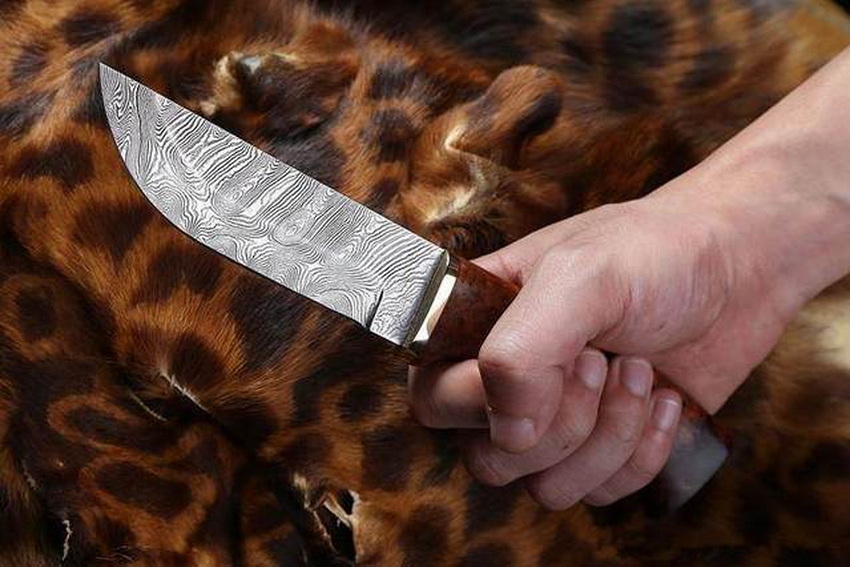
2. Saber grip
Sabre grip refers to the old style long sabre, similar to the current command knife. According to my personal guess, this way of holding a knife may have something to do with Western fencing. This method of holding knives is mainly used on knives with cruciform upper and lower hand guards. When holding the knife, the little finger, ring finger and middle finger are mainly used to hold the knife, and the index finger plays an auxiliary role. The thumb rests on the upper guard.
This method emphasizes more on the strength and accuracy of puncture, but the cutting ability is relatively low, and the flexibility is relatively poor. It's almost impossible to chop. This way of holding the knife is more convenient to use on traditional style fighting knives.
3. Philippine grip
It is difficult to say that this method of holding knives originated in the Philippines, but it is certainly used in Filipino fighting. Western knife fighting has largely absorbed the content of Philippine fighting, so now many knife companies have begun to remove the upper guard or change the knife small so that it can use this way of holding the knife. In addition, many fighting knives have bumps on the back of the knife, so that the way of holding the knife is between the saber style and the Philippine style, which can be said to absorb the advantages of both sides. The principle of its action is: the thumb is pressed on the back of the knife, and the other four fingers equally share the power of holding the knife. Therefore, the knife that can be held in this way often has no upper guard or the upper guard is very small, and if the back of the knife has a non-slip texture, or the tail of the knife has a design that fits the hand shape, it is better and more comfortable to hold.
This way of holding the knife is very suitable for cutting attacks, the thumb provides extra pressure to cut hard, cut deeper, and the flexibility of the blade control is increased, and the cut becomes more rapid and accurate. The disadvantage is that the jab puts more pressure on the wrist, and the thumb against the back of the knife limits the piercing depth of the blade, so it is not suitable for smaller fighting knives. The trouble is that the thumb is unprotected and can easily be scratched or cut off.
This holding method is considered to be a very ideal defensive tool fighting method because of its flexible cutting and large cutting depth.
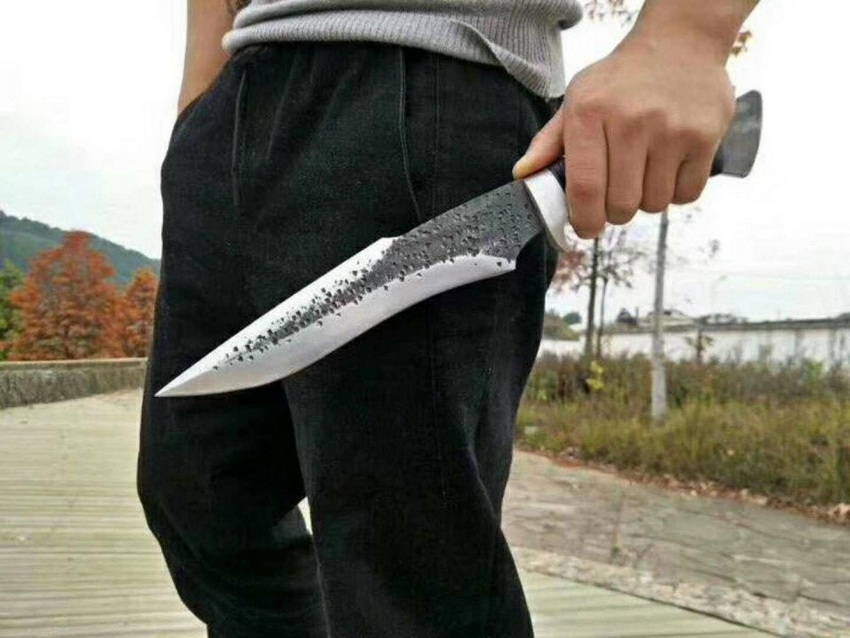
Hammer deformation: reverse grip
This way of holding a knife is not a normal way of holding a knife, but it is best to mention it by the way. Something other than a fore-and-backhand switch error can lead to this type of knife handling. Because the blade is in the direction of the tiger's mouth, if the pressure of the blade is all concentrated on the finger, it is difficult to effectively concentrate the power to use the blade to cut. But stabbing is still effective, and in some cases more effective than holding a knife normally.
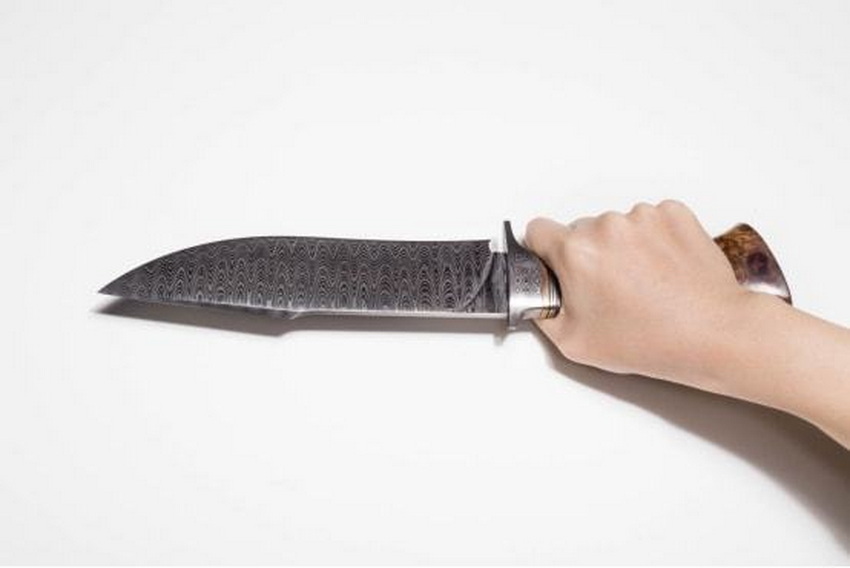
Backhand knife system:
The main difference with a backhand knife is whether the thumb is on the back of the knife. This method of holding the knife weakens the cutting ability, but maximizes the thrust. If the thumb is placed on the back of the knife, the stabbing power is stronger; If the thumb is not on the back of the knife, the cut is more flexible. The backhand jab is the most powerful of all the ways of holding a knife, so it is considered by some professionals to be the most dangerous way of holding a knife.
Reverse the knife
This way of holding a knife is of practical value. When stabbing with a backhand, because the arm is fixed on the shoulder and the forearm is fixed on the elbow, the knife inevitably goes not in a straight line, but in a small circular curve. So in fact the piercing force is tilted. In this way, if you point the blade in this direction, you can get more destructive force. If a jackknife is used, the impact of the piercing can be distributed to the back of the knife to reduce the burden on the lock and improve safety. It can have a planing motion, stab down and press towards the blade, then pull the knife back, so that the piercing depth and damage will be greatly increased.
If it is a double-edged dagger, then there is no need to worry about the orientation of the blade, whether it is forehand or backhand. In fact, this is the real reason why professional fighting knives are mostly double-edged, so they can attack from more angles. In fact, the enhancement of the piercing force of the double blade is not very helpful, of course, it is helpful to balance the transmission of the piercing force, but the impossible tricky Angle in the fight is the real deadly place of the double blade. However, as the old saying goes, double-edged sword, such a cutting method not only makes the tip of the knife very fragile, people who are not skilled in the use of the knife are also easy to hurt themselves.
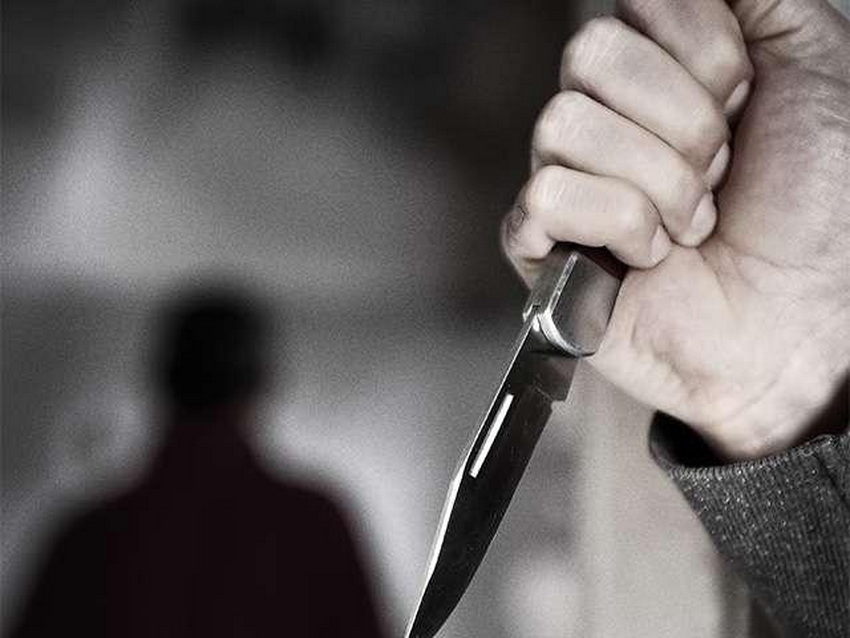
Claw grip
Finally, the claw knife, it should be said that it originates from the Philippines and has a ring on the tail. Claw knife with the blade towards the little finger, index finger into the ring, thumb pressed on the ring for the standard knife holding position. If you want, this is the forehand grip of the claw knife.
The claw knife can be rotated by the index finger held in the ring to obtain this special method of holding the knife. In this way, the attack distance of the claw knife will be doubled, and this change in the attack distance is not a small advantage in the near war. If you are looking for an effective defensive fighting knife, then a claw knife with a Filipino grip may be your best choice.
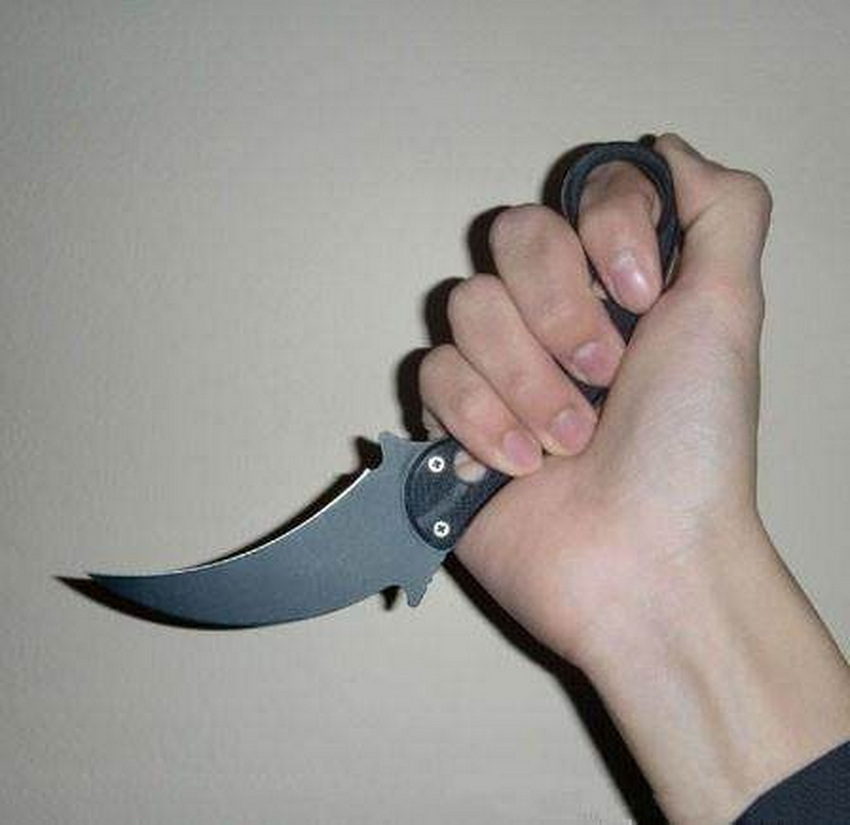
Traditional dagger grip
In the history of Western dagger fighting, this is the traditional grip of the dagger, somewhat similar to the saber grip sideways, with the thumb horizontally resting on the guard of the handle, or a variant of the thumb resting on the blade. This grip stabbing and cutting are very flexible and rapid, but the firmness of the grip is not very high, mainly fixed by the fingers, so it is more dangerous.
